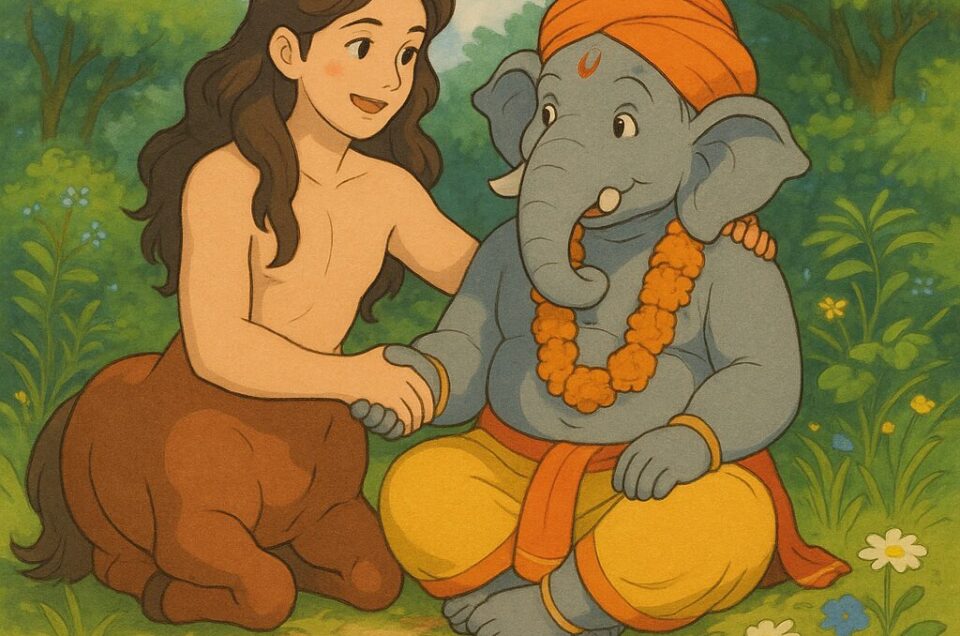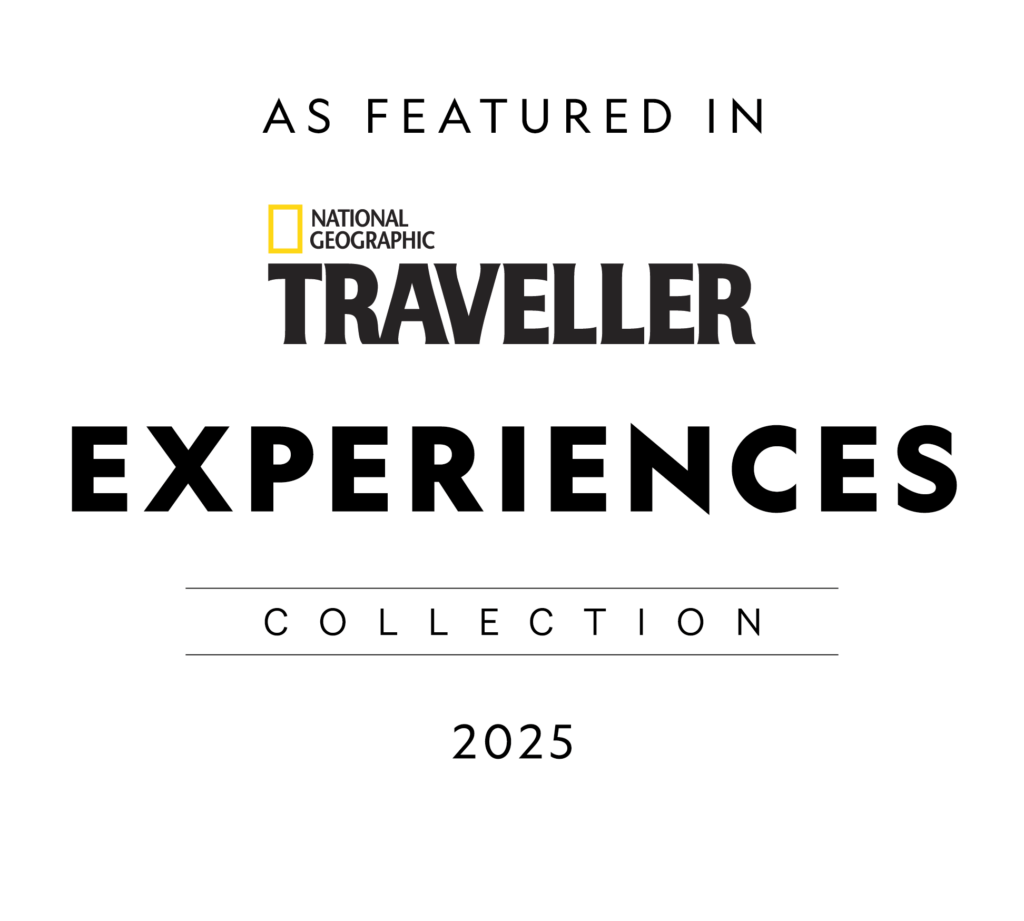The ethics of using animals for work, leisure, or tourism is often framed in universal terms, drawing on normative concepts such as animal rights or animal welfare. Yet when one examines the comparative treatment of horse riding and elephant riding in recent scholarship, a striking asymmetry emerges. In Western contexts, riding horses is frequently normalized, celebrated as part of equestrian culture, or even valorized as a site of human–animal partnership. Elephant riding, by contrast, is typically condemned outright, depicted as cruel, backward, or irredeemable. This asymmetry cannot be explained solely by reference to the animals themselves, for both horses and elephants are large, intelligent, social mammals with long histories of work with humans. Instead, the divergence reflects cultural bias, rooted in Euro-American histories and symbolic geographies of animal use.
In Europe and North America, horses are embedded in national mythologies and leisure cultures. From medieval chivalry to cowboy frontiers, equestrian traditions have become naturalized as expressions of freedom, nobility, and even environmental harmony. Riding is reframed as sport, art, or therapeutic practice, aligning the horse with narratives of modernity and civility. Elephants, by contrast, are positioned as “exotic others.” Their presence in zoos, circuses, or tourism camps is often interpreted through Orientalist imaginaries of spectacle and domination. Within this framework, elephant riding becomes an emblem of exploitation, a practice projected onto Asian landscapes and judged from the outside. As Donna Haraway has shown in her critique of primatology1, scientific accounts are never neutral: they are shaped by cultural imaginaries, geopolitical histories, and positionalities of the researchers themselves. A similar structural bias operates here, where the horse is domesticated within Western culture while the elephant is marked as foreign and thus subjected to moral scrutiny.
This cultural bias is mirrored in the scholarly record. Preliminary comparisons of peer-reviewed animal science and conservation papers over the last decade suggest that first authors based in Europe or North America are more likely to present elephant use for labor or tourism in negative terms, emphasizing suffering, cruelty, or the need for prohibition.2 By contrast, authors based in Asian institutions, particularly in countries where elephants have historically lived and worked alongside humans, more often emphasize welfare improvements, coexistence strategies, or the cultural and economic contexts of elephant use. This divergence does not imply a simple East–West binary of ethics, but rather reveals how research agendas, funding structures, and publication networks privilege certain framings. Western authors, writing largely for Western audiences, may foreground rights-based critiques, while Asian scholars may adopt more pragmatic, context-sensitive approaches that resonate with local realities.
The contrast between horses and elephants thus becomes a case study in how “universal” ethical judgments are shaped by particular cultural lenses. What counts as acceptable use, partnership, or abuse is not determined by species characteristics alone but by historically situated narratives and positional standpoints. The horse, integrated into Western identity, is spared wholesale condemnation; the elephant, standing outside this cultural frame, becomes the target of moral alarm. This is not to deny real welfare problems in elephant tourism, but to highlight how selective moralization can obscure the broader structures of animal use, including the intensive exploitation of horses, dogs, or livestock in Euro-American contexts.
If we are to move beyond these asymmetries, a more relational and responsive ethics is required—one that resists universalizing judgments and instead takes seriously the lived contexts of human–animal entanglements. Such an approach would ask: under what conditions is riding, labor, or companionship made possible? How are care, coercion, and mutual dependence negotiated across different landscapes? And how can we recognize cultural differences without reproducing colonial hierarchies of judgment? The challenge is not to declare certain practices inherently good or bad, but to remain attentive to situated histories, multispecies relationships, and the uneven global politics of how animal use is imagined and evaluated.
Seen from this perspective, elephants in Southeast Asia might be understood not merely as objects of welfare concern or tourism controversy, but as shared heritage—living beings whose histories are interwoven with the landscapes, livelihoods, and cultural practices of the region. To recognize elephants as shared heritage is to acknowledge both their agency and their cultural embeddedness, and to resist frameworks that erase local traditions in the name of universal ethics. In this way, a more balanced global discourse may emerge—one that honors welfare, history, and community together, rather than imposing a single moral vision from afar.
- Donna Haraway’s Primate Visions: Gender, Race, and Nature in the World of Modern Science (1989) is a groundbreaking work of feminist science studies that critically examines the history of primatology. Haraway argues that the scientific study of primates is not an objective discovery of “natural” truths, but rather a cultural and political practice. The knowledge produced by primatologists, she contends, is deeply intertwined with and shaped by the social contexts of gender, race, and colonialism in which it emerges.
Key Arguments:
Primatology as Storytelling: Haraway posits that scientific accounts of primates are essentially narratives or stories. These stories are not fabrications, but they are constructed through specific cultural lenses and often reflect and reinforce prevailing social hierarchies. For example, early primatological studies often projected Western ideas about patriarchy and social order onto primate groups, describing them in ways that naturalized human social arrangements.
The Ape as a Cultural Icon: The book explores how apes and monkeys have served as powerful symbols in Western culture, often acting as a screen onto which humans project their anxieties and desires about their own origins and nature. Primates become stand-ins for the “primitive” or the “natural,” and the study of them becomes a way of defining what it means to be human, often in ways that serve specific political or social agendas.
Gender and Science: A central focus of the book is the role of gender in shaping primatological research. Haraway contrasts the work of male primatologists with the pioneering female researchers like Jane Goodall and Dian Fossey. She argues that these women, while still operating within a scientific framework, brought different perspectives and methodologies to the field, often focusing more on social relationships, communication, and female agency within primate societies. However, she avoids simple essentialism, showing how their work was also complexly positioned within popular and scientific narratives.
Deconstructing “Nature”: Ultimately, Haraway seeks to deconstruct the binary opposition between nature and culture. She argues that “nature” is not a pre-existing reality that science simply uncovers. Instead, it is actively produced through scientific discourse and practice. Primate Visions demonstrates that what we think we know about the “natural” world of primates is, in fact, a reflection of our own culturally specific ways of seeing and telling stories. It is a “vision,” shaped by power, history, and social identity. ↩︎ - Preliminary Comparative Findings: A survey of peer-reviewed articles (2013–2023) in journals such as Journal of Zoology, Oryx, Animals, and Conservation Biology suggests a regional skew. Among Western-affiliated first authors (primarily from the UK, US, and Western Europe), roughly two-thirds of papers that mention elephant tourism adopt a predominantly negative framing (emphasizing cruelty, welfare violations, or ethical incompatibility). By contrast, among Asian-affiliated first authors (Thailand, India, Laos, Cambodia), the majority of papers stress welfare standards, management challenges, or cultural integration, with fewer outright condemnations. These observations are preliminary and qualitative rather than statistical, but they indicate a consistent regional divergence in tone and evaluative framework. ↩︎




![[1] Q: Are Elephants in Tourism Wild or Domesticated?](https://manifatravel.com/wp-content/uploads/2023/03/elephant-vet4-780x636.jpg)
![[2] Q: Is elephant riding harmful?](https://manifatravel.com/wp-content/uploads/2021/10/IMG_5363-960x636.jpg)

